Tyrian Purple
A very rare archaeological discovery - thought to be the only one of its type in the former Roman Empire - has been discovered in Carlisle.
Roman Imperial Purple - Tyrian Purple – pigment was found as part of the city’s Uncovering Roman Carlisle project.
A lump of a soft mysterious purple substance was discovered at a Roman Bathhouse, within the grounds of Carlisle Cricket Club, during the 2023 excavation by archaeologists and volunteers in the Roman drains.
The part of the drains it was discovered in related to a monumental building with a bathhouse built in the 3rd Century - during the time of the Emperor Septimius Severus.
The purple was tested with the support of British Geological Society and further analysis is ongoing with the at Newcastle University
Experts from Newcastle University showed it was organic and contained levels of Bromine and beeswax - this almost certainly indicates it is Tyrian Purple, the colour associated with the Imperial Court in the Roman Empire.
For millennia, Tyrian Purple was the world’s most expensive and sought after colour. It’s presence in Carlisle combined with other evidence from the excavation all strengthens the hypothesis that the building was in some way associated with the Imperial Court of the Emperor Septimius Severus which was located in York and possibly relates to a Imperial visit to Carlisle.
Other evidence for this being;
An inscription stone to the Empress Julia Domna
The date of the monumental building - among the largest on Hadrian’s Wall - coinciding with Emperor Septimius Severus campaigns in Scotland (208-210 A.D)
An ancient source stating Septimius Severus was in Carlisle (Historia Augusta -The Life of Septimius Severus. 22.4)
The high quality of the objects discovered at the bathhouse
Granting of civic status to the local Celtic tribal capital at Carlisle; which in effect is the beginning of the city of Carlisle.
Frank Giecco, Technical Director at Wardell Armstrong said; “This sample of Tyrian Purple, is the only example we know of in Northern Europe - possibly the only example of a solid sample of the pigment in the fort of unused paint pigment anywhere in the Roman Empire. Examples have been found of it in wall paintings (like in Pompeii) and also some high status painted coffins from the Roman province of Egypt.”
Tyrian Purple is made from thousands of crushed seashells from the Eastern Mediterranean, North Africa, or Morocco. It was phenomenally difficult to make and expensive and was worth more than gold pound for pound (three times as much in some sources).
It was most famously produced around the city of Tyre in the Eastern Mediterranean which gives it its name. Tyre is in modern day Lebanon. It was also produced in North Africa, and off the coast of Morocco too.
The Emperor Septimius Severus was from the city of Leptis Magna, now in modern day Libya in North Africa. His wife Julia Domna was born into a Syrian dynasty in what is now the city of Homs.
Tyrian Purple clad kings and emperors from the Bronze Age to the Middle Ages. It was present in Mycenaean Palaces, on Persian Emperors, to Alexander the Great and Cleopatra VII. Roman Senators wore the purple, and then Emperors. After the Romans it lived on as a symbol - harking back to imperial Roman power, worn by Charlemagne and the Byzantines. Sometimes the dye was used on clothes, but it was also used to paint walls in grand public buildings (such as in rooms recently discovered in Pompeii) and the homes and properties of the elite (including walls of bathhouses).
It’s presence is utterly unique, and once again is testament to the brilliant archaeology of and history of Carlisle.
Pliny the Elder - Roman Statesman and and Natural Historian of the 1st Century AD wrote of the dye in Book 60 of his Natural History
“In Asia the best purple is that of Tyre, in Africa that of Meninx and the parts of Gætulia that border on the Ocean, and in Europe that of Laconia. It is for this colour that the fasces and the axes of Rome make way in the crowd; it is this that asserts the majesty of childhood; it is this that distinguishes the senator from the man of equestrian rank; by persons arrayed in this colour are prayers ad- dressed to propitiate the gods; on every garment it sheds a lustre, and in the triumphal vestment it is to be seen mingled with gold. Let us be prepared then to excuse this frantic passion for purple, even though at the same time we are compelled to enquire, why it is that such a high value has been set upon the produce of this shell-fish, seeing that while in the dye the smell of it is offensive, and the colour itself is harsh, of a greenish hue, and strongly resembling that of the sea when in a tempestuous state?” The Natural History. Pliny the Elder. Book 60. Translation by John Bostock, M.D., F.R.S. H.T. Riley, Esq., B.A. London. Taylor and Francis, Red Lion Court, Fleet Street. 1855.
Image by Anna Giecco.
